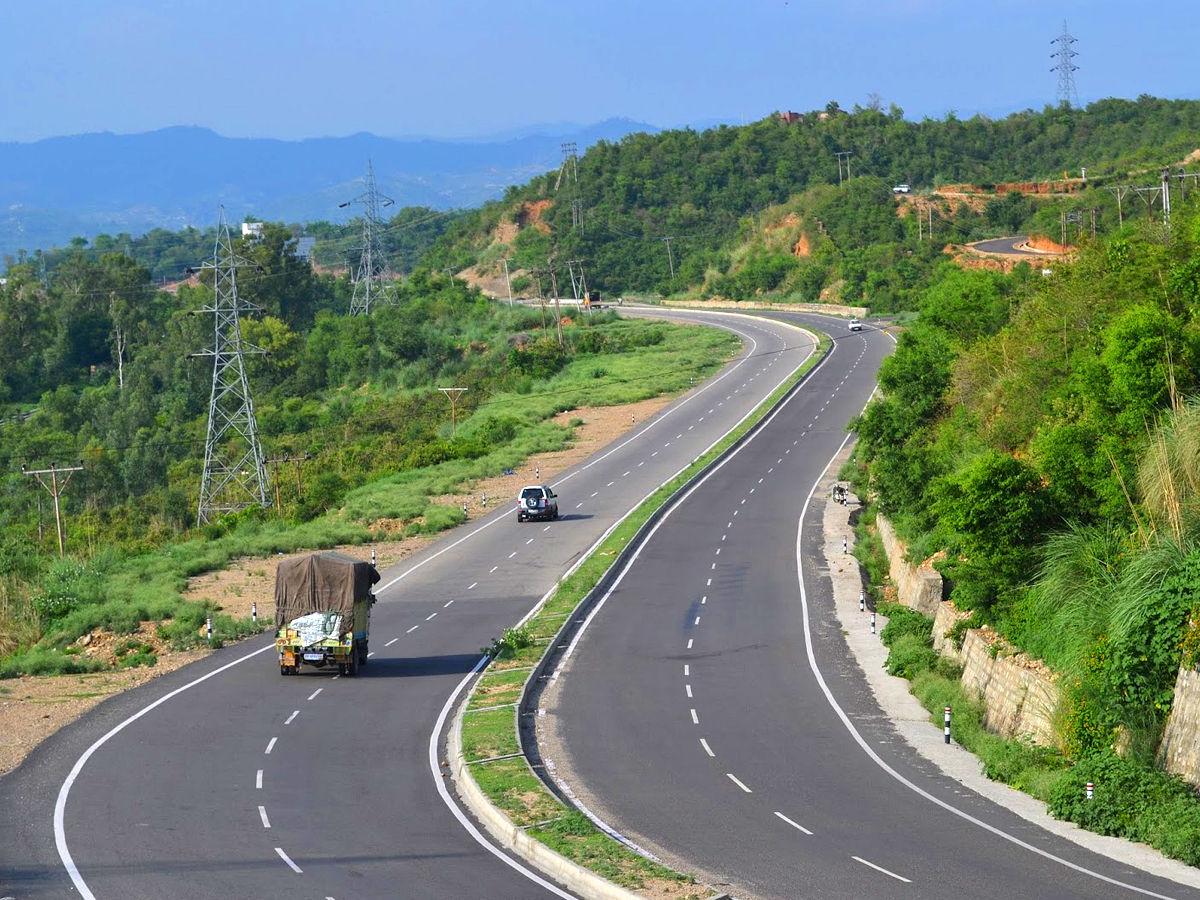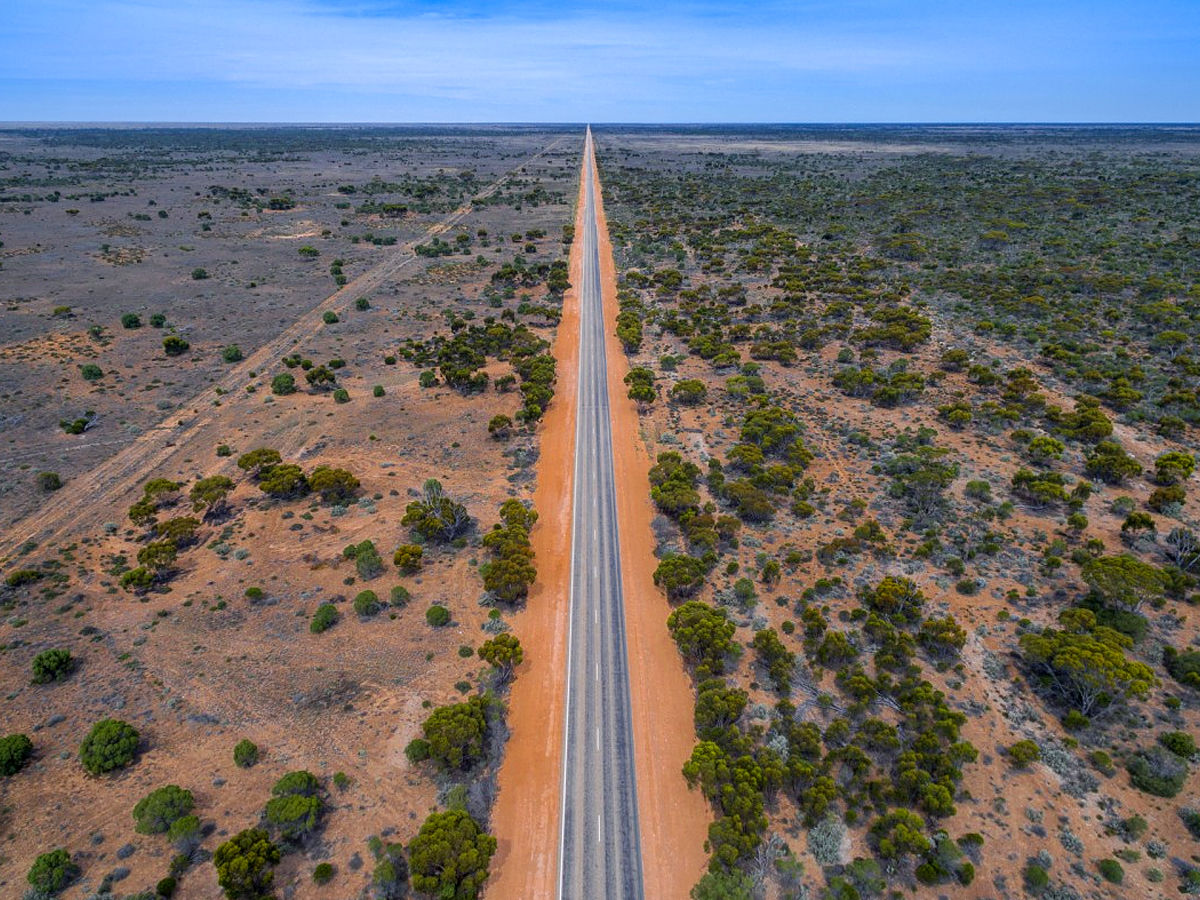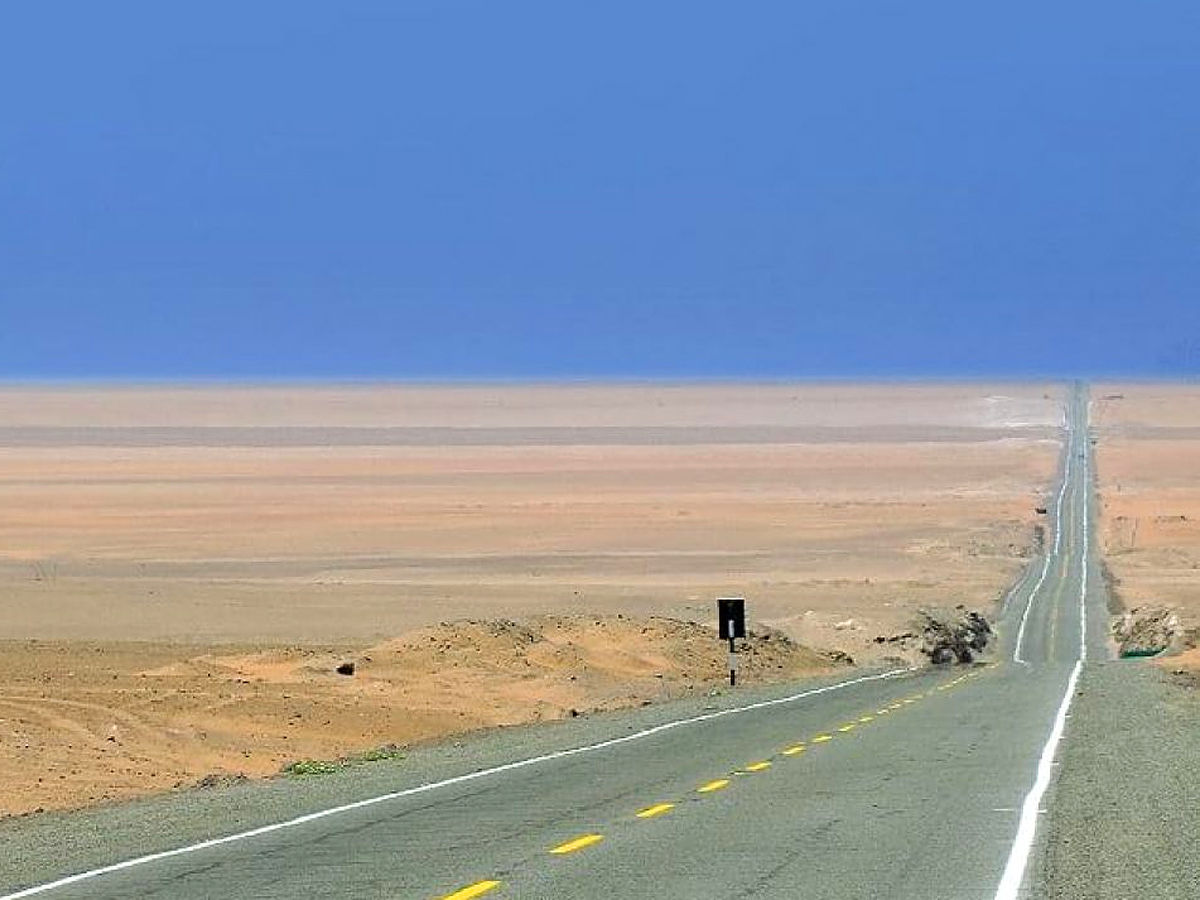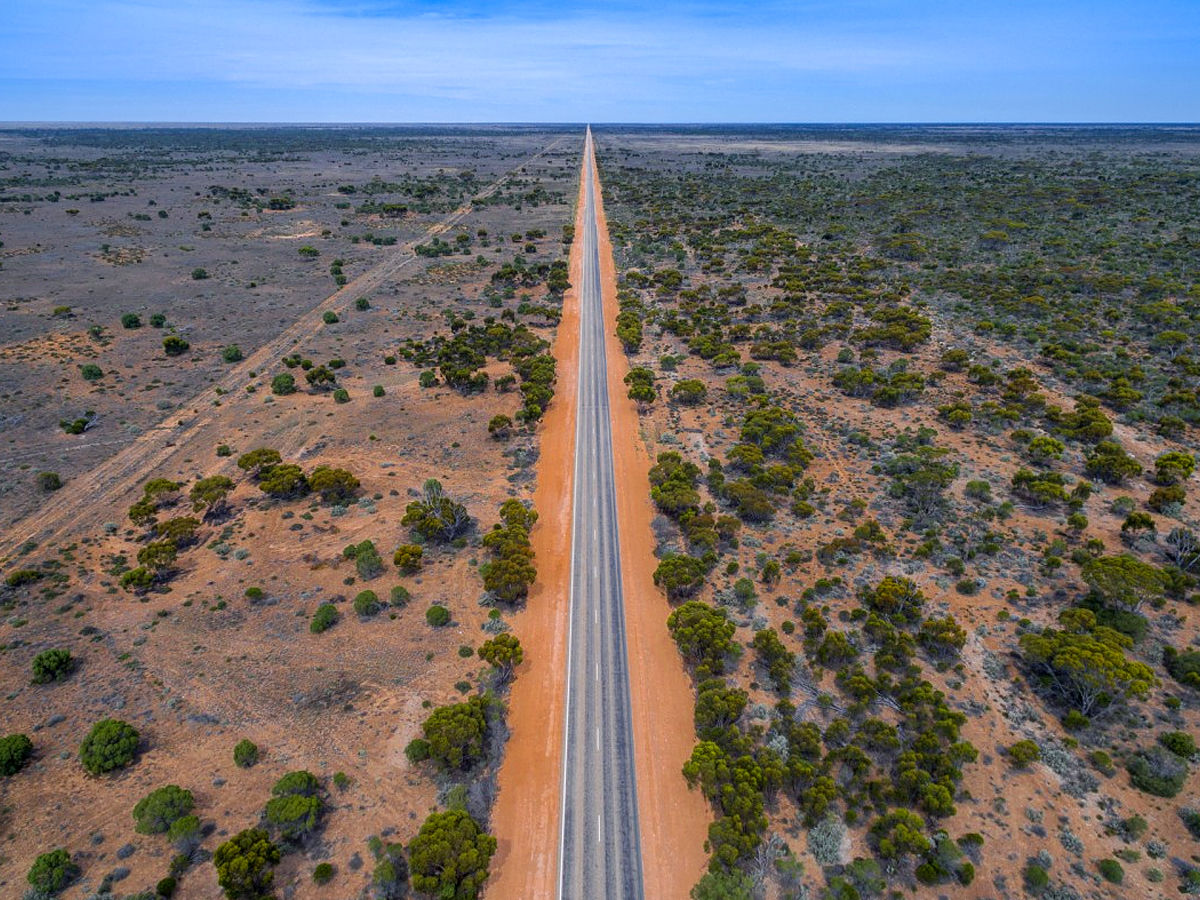“The road is there, it will always be there. You just have to decide when to take it.” – Chris Humphrey
Highways are the lifeline of transport in any country. While there are other means of transport like railways and air travel, roads remain the primary route for traveling as they provide all-time connectivity. It is the highways that pass through villages and towns to connect major cities from one another. From goods transportation to everyday travel, highways play a key role in supply and chain management in any country. With a country as big as Indian, the US, or Russia, highways become even more important as their scope of use is unlimited.
From acting as makeshift landing strips to acting as dedicated military channels, highways are useful in several ways. There are 200 highways in India. The United States has 70 highways. The US, Indian, and China have the biggest road connectivity in the world and that apparently translates into the economic progress of these countries. Unlike common roads, highways hold a significant value in the transport sector of any country, and thus, the governments invest a lot in the construction of these highways. We’ve compiled a list of 5 longest highways in the world.
5. Golden Quadrilateral Highway Network in India: India has a 142,126 km long national road network that connects major cities and towns in the country from each other. The longest of them all is the famous Golden Quadrilateral Highway network. Connecting the four major Indian cities Delhi, Mumbai, Chennai, and Kolkata, the Golden Quadrilateral is the fifth-longest highway in the world. The total length of the highway is 5,846 km. The construction of the highway started in 2001 and the construction work concluded in January 2012. The government of India bore a cost of $9.2 billion for the construction of this highway. It was the gift of India’s visionary former Prime Minister Late Mr. Atal Bihari Vajpayee to the country. The highway has four to six lanes throughout its length.

4. Trans-Canada Highway: The fourth-longest highway in the world in the Trans-Canada Highway. It is also the second-longest national highway. The highway connects Victoria in British Columbia to St. John’s City in Newfoundland and Labrador. The total length of the highway is 7,821 km. The construction of the highway started in 1950 and the construction work was completed in 1971. The Trans-Canada Highway was constructed at a cost of $1 billion. It passes through all 10 major cities in the country.

3. Trans-Siberian Highway: The Trans-Siberian route holds not only geographic but also historic significance. Traveling across Russia is all about length and this highway literally ‘goes to places’. The third longest highway in the world, the Trans-Siberian Highway connects two major cities of Russia – St. Petersburg and Vladivostok. Along the 11,000 km long stretch, the highway comprises seven federal highways. The section of the highway that falls in the Asian region, goes by the name AH 6. The European part that goes by the name E30, passes through Kazakhstan. The longest part of the route is the Russian route M58. It is also called the Amur Highway and the total length of this route is 2,100 km.

2. Highway 1 in Australia: The second-longest highway in the world is in Australia. It is also the longest national highway. Measuring 14,500 km in length, Highway 1 comprises several interconnected highways. The construction of Highway 1 started in 1955 as a national highway. Highway 1 includes both single and multi-lane roads. It connects all the Australian states except Brisbane and Darwin. The route of Highway 1 is shared with the Australian National Highway. It was realigned several times in 1959, 1974, and 1998.

1. Pan American Highway: Pan American Highway is the longest highway in the world. The Pan American Highway covers the entire US interstate highway system. The total length of the Pan American Highway is 48,000 km. Barring the 100 km gap between Panama and Colombia, the network of interconnecting highways connects over 20 American countries. The construction of the highway began in 1936 and the first portion was completed by Mexico in 1950. The highway stretches from Buenos Aires (Argentina) in South America to Edmonton in North America. Apart from the portion built by Mexico, it was the United States that assisted other small countries for the construction of the highway.


























